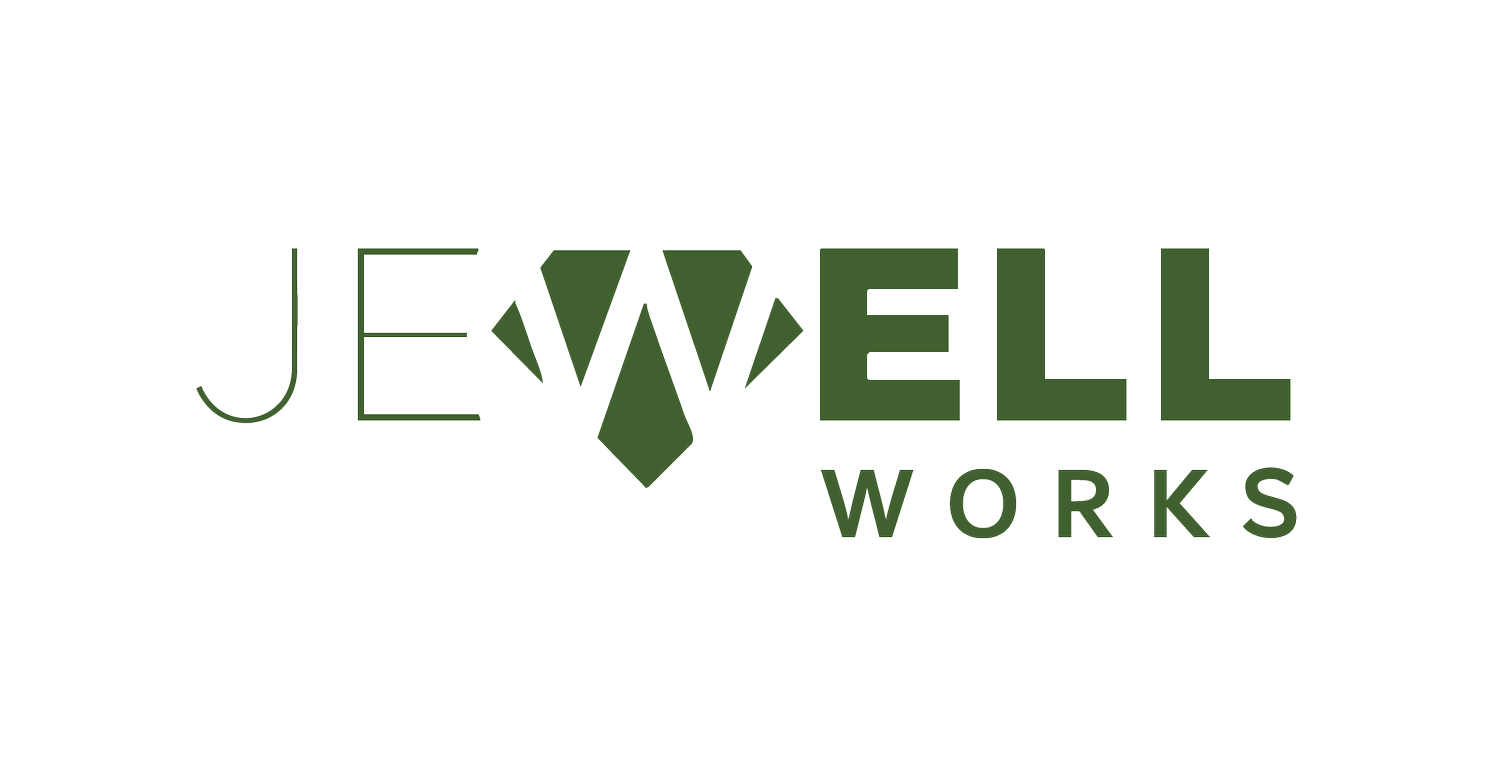Returning to the Office: A Moving Target
February 4, 2022
Fear, uncertainty and discomfort are your compasses toward growth - Celestine Chua
Last August, I wrote a piece for Oxford Properties Group, global real estate investor and asset manager. After months of speculation, the idea of returning to an office setting was still a moving target for many employees around the world. With shifting paradigms on how and where work is performed, this conversation is as relevant now as it was six months ago.
The current reality is that for many, returning to the office is a moving target. Changing workplace guidelines and concerns about Covid-19 variants are pushing out return dates. Employers are testing hybrid models and, in some cases, inviting small groups back on a trial basis. With plans changing frequently, it’s important to understand the link between uncertainty and anxiety.
As humans, we are wired to anticipate and plan for future events. While personal tolerance for uncertainty varies, we are all impacted when there is a lack of control over important elements of our work and home lives. Uncertainty can contribute to anxiety by reducing our ability to prepare for the future.
The good news? Investing in personal resilience can help us thrive as work environments and processes continue to change. Consider making a plan that includes building self-efficacy, practicing daily mindfulness, and expanding social circles.
1) Self-efficacy sets the tone
According to Psychologist Albert Bandura, self-efficacy is a person’s belief in their ability to succeed in a particular situation. It can be thought of as a system of attitudes, beliefs, and skills that influence how we perceive and handle challenges and opportunities. Why is this important now? The events of 2020-22 have tested us in ways we couldn’t have imagined, and there is still a great deal of uncertainty related to health, the economy, work, and social norms. Research shows that our ability to tolerate uncertainty is corelated with self-efficacy, and can influence whether difficulties are perceived as opportunities or challenges.
Let’s consider an example. You are feeling tired and isolated working at home, and your employer just announced the office will remain closed until later in the year. You were looking forward to returning sooner, and feel understandably disappointed. Drawing on your self-efficacy involves focusing on what’s positive about the situation. Is there something you’ve been putting off, like a course or hobby, that you can pursue knowing you will save on commuting time for the foreseeable future? Is there an opportunity to meet with team members at a restaurant, to check-in on one another and share updates? Or join the local chapter of a networking group or professional association? Self-efficacy requires us to dig deep, and look for new solutions to persistent problems.
2) Mindfulness improves performance
Evidence shows that mindfulness can reduce stress, strengthen resilience, and improve focus. It makes sense then for mindfulness to be taught in school and offered at work as a means of boosting performance and achieving outcomes in a fast-changing world. Mindfulness takes practice, and is increasingly built into training programs for future leaders. Now is the ideal time to develop these skills. Breathing exercises, visualizations, body scans, and acceptance are all techniques that can be done alone or as a team, virtually or in the office.
Whether you’re a Zen master or just starting out, why not suggest introducing a mindful practice to your team? Staying in the moment is easier said than done, and teams who breathe together weave together. Check out this article for ideas: https://positivepsychology.com/group-mindfulness-activities/
3) Social networks promote growth
Social distancing has become part of our everyday vocabulary, and the pandemic limited our circles to those closest to us. Now is the time to consider expanding our social networks and lean in to the opposite of distancing, social proximity. Whether you draw energy from groups or prefer working on your own, there is a risk losing our social graces or worse, developing social anxiety if we don’t intentionally flex those interpersonal muscles. As workplaces strive to be more equitable and inclusive, we must also watch out for the social proximity effect, which says people develop a preference for others based on familiarity.
By spending time with work colleagues outside our pandemic bubble, we can deepen relationships and benefit from diverse perspectives. Working at the office or working remotely both require thoughtful planning about who and where to meet, and for what purpose. Consider arranging a coffee date with a colleague who lives in the same town. Or plan to be in office on the same days as your teammates, for a focused problem-solving session. Where possible, set up networking opportunities with clients or colleagues from outside your business unit.
The realities of returning to the office are as varied as our individual reactions. As a final word, focus on what you can control, which is a lot. Your overall well-being and performance will be better for it.

